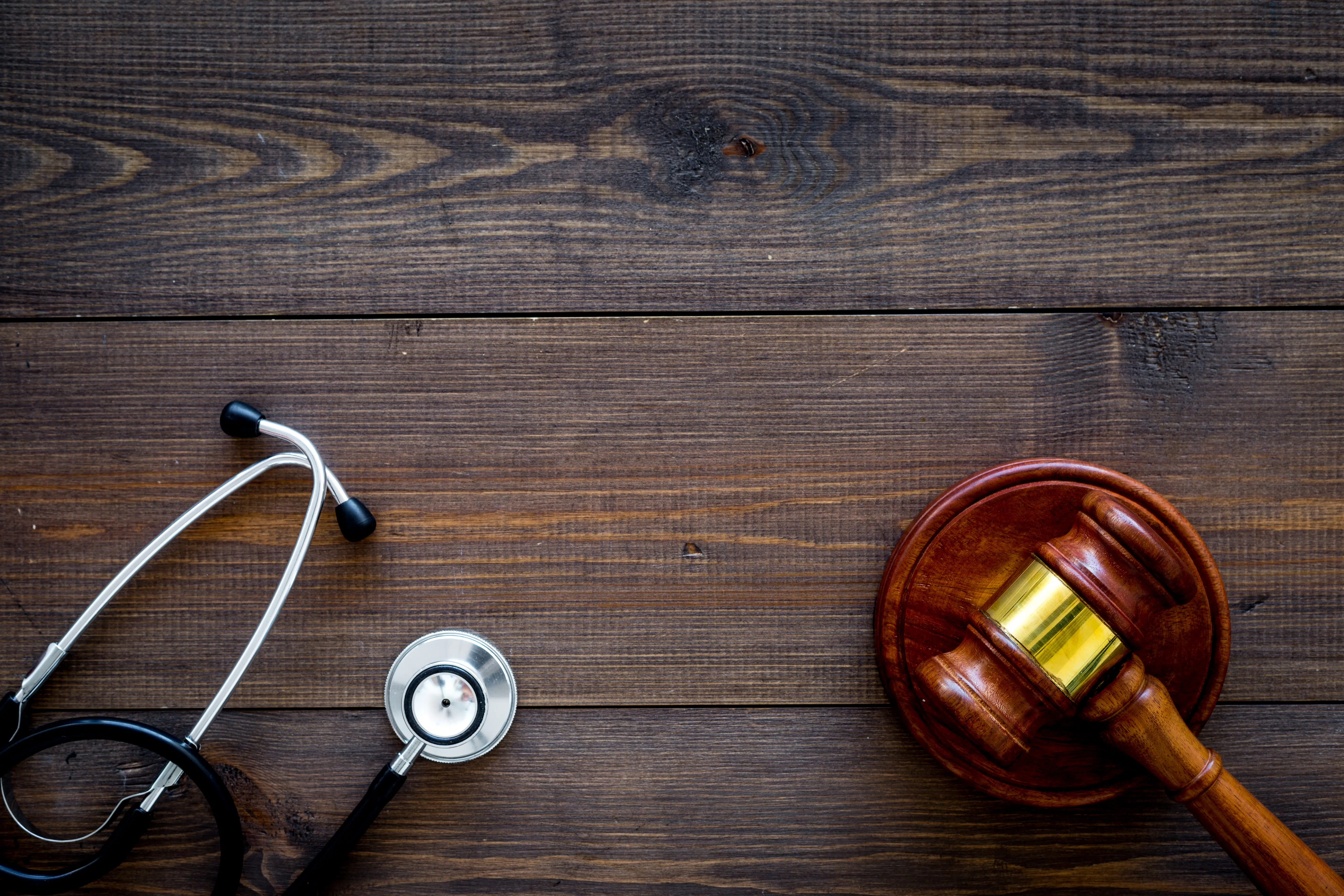In order to file a personal injury claim in Connecticut, an injury needs to have occurred and you need to have reasonable proof that the injury was a result of someone’s negligence. So whether you were injured during a car accident, or may have been bitten by someone else’s dog, there needs to be an injury that is substantial enough for you to move forward with legal action.
Step 1: Hire an Attorney
Your first step in filing a personal injury claim is hiring a lawyer. The statute of limitations makes personal injury claims time-sensitive especially considering how long the whole legal process can be. Because of this, it’s important to contact an attorney as soon as you decide to move forward with legal action. For the best results, you’ll need to contact a personal injury lawyer. Your personal injury lawyer will help file the necessary documents and will aid you in the collection of important evidence that shows that negligence has occurred. This includes documents from the police, photographs of the scene and the injury, any medical documents that you received because of your medical care received, and anything else that helps strengthen your case.
Step 2: A Complaint is Filed and Served
Once you have hired an attorney, and it’s established there is enough documentation that shows negligence has occurred, your attorney will file a personal injury lawsuit with your local court system. Once your personal injury lawsuit is filed, you will need to wait for the case to go to trial. As you wait, you and your lawyer will continue developing your case in a process known as discovery.
Step 3: Pretrial and “Discovery”
As part of the process of going through a personal injury claim, you and your attorney will participate in what is called pretrial and discovery. During this process, information will be shared between parties about the claim so that no surprises are brought up during the trial. This is done as a means to avoid what is known as “trial by ambush.”
Step 4: Personal Injury Lawsuit Trial
During a personal injury lawsuit trial, both parties will be able to bring forth evidence in front of a judge in order to argue their case. At the conclusion of the trial, the judge will determine whether or not an individual is liable for any damages in a claim that is brought against them. If an individual is awarded any damages, all other factors associated with the claim including comparative fault will be analyzed and discussed, and ruled on during the trial.
Step 5: Settlement Process
A majority of personal injury claims are never brought to trial and are usually settled outside of court. During the settlement process, attorneys will typically agree outside of a courtroom to have a settlement take place. A settlement is when an agreement is reached between both parties. When a settlement takes place, contracts are typically signed regarding settlement payments and any additional details pertaining to the settlement of the claim. Once a claim is settled, both parties will typically sign a release of liability. Once signed, both parties cannot reopen the claim
Please note: This article is for general information purposes only and is not meant to be construed as legal advice. Only an attorney licensed in your state can offer you legal advice, and only after talking with you and gathering specific information about your situation. If, after reading the general information in this article, you think that you need legal assistance, please contact a lawyer in your area.




